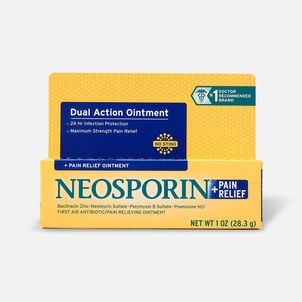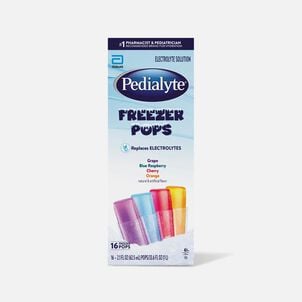While the funds from an HSA can be used to pay for eligible out-of-pocket medical expenses, it can also be used for investing. In fact, it can help you be a bona fide member of the FI/RE (financial independence/retire early) movement. Here's the story of how one woman used an HSA to help her reach early retirement.
Jackie Cummings Koski is a certified educator in personal finance (CEPF) living in Cincinnati, Ohio. She first learned about HSAs back in 2008 when her employer started offering a high-deductible health plan (HDHP).
After poring over the details about HSAs, Cummings Koski (also the author of the award-winning Money Letters 2 My Daughter) decided it was a solid option for her and her 13-year-old daughter. Plus, her employer contributed $1,000 to HSAs that year. Cummings Koski was sold.
"I figured if I didn't like being on an HDHP, I could always switch back to a non-HDHP during open enrollment," says Cummings Koski. "It was a great opportunity to invest, plus the tax benefits were quite attractive."

Some side thoughts on HDHPs and eligibility
The first year she and her daughter were on an HDHP, Cummings Koski came close to switching back to a non-HDHP. Her child had a touch of asthma, and after an episode was in need of medication. When Cummings Koski called up the local pharmacy to call in the order, she was shock to discover the cost of the medication was $800.
It turned out that asthma medication wasn't considered preventative medication, so she had to pay for it out of pocket. While she asked for the prescription dosage to be cut in half – since that's what the prescription asked for – which brought down the cost to $400, she figured she would be switching to a non-HDHP the following year.
"At that point, I figured I was definitely switching," she added. But when the following year came around, it turned out that the medication her daughter occasionally needed was now considered preventative medication, and thus covered. She decided to stick with an HDHP.
Sticking to an HDHP turned out to be a wise choice for Cummings Koski and her family. Because they have both been in relatively good health, they haven't required extensive visits to the doctor nor ongoing medical treatments.
What's more, when she decided to work toward FI/RE a few years back, she worked the funds in her HSA toward her plans to retire early.
The amazing news? Cummings Koski plans in late 2019, at age 50, to retire with 30 times her annual living expenses of $45,000, which adds up to $1,350,000. The funds in her HSA make up 10% of her retirement savings, or $135,000. She shares strategies on how she went about investing the funds in her HSA to reach FI/RE, and how you can do it, too:
Max out your account every year
Cummings Koski was able to contribute the annual max for families because her household included her and her daughter. The HSA contribution limits for 2024 are $4,150 for individuals and $8,300 per family.
Pay for medical expenses out of pocket whenever possible
That way you can leave the money in your HSA to grow. "Even though you're paying out of pocket, be sure to keep receipts for these expenses because you may want to reimburse yourself later," she explains.
Start investing ASAP
A simple stock market index fund could give you about a 6-9% growth rate, points out Cummings Koski. "Remember: You're investing this for the long term, and might not touch it until much later." And while you're making contributions, knowing that you're reducing your taxable income for the current year could prove to be quite motivating.
Watch for fees
Some providers charge fees that will eat into the growth of your account. Fees might include a monthly account maintenance fee and investment fees.
If that is the case, Cummings Koski suggests considering switching to a provider that doesn't have a monthly fee and offers index funds or low expense ratio funds to invest in. "As these types of accounts have grown in popularity, the HSA industry has become very competitive," says Cummings Koski. "And that competition is a benefit to consumers."
Have a plan for your HSA funds in retirement
To make the most of the funds sitting in your HSA account, assign them a clear plan for your later years. Cummings Koski plans to use the $110,000 sitting in her account for her COBRA premiums in the first 18 months after she leaves corporate America.
After that, she plans to let the funds grow and use them for out-of-pocket expenses in retirement. "The one thing I know is that my health expenses will be greater in the future than they have been in the past," she remarks. " I view this account as another retirement account, specifically for inevitable healthcare needs that can be used before I hit 59 ½."
It's not always the case, but for most people who are retiring early, they're in their healthiest years and a HDHP with an HSA will make sense, says Cummings Koski. "As long as you qualify for an HSA you should contribute to this account." And if you use your HSA funds to invest, it could help you in your retirement years, whether you enter your golden years early or not.
 |
| 

.png)
















